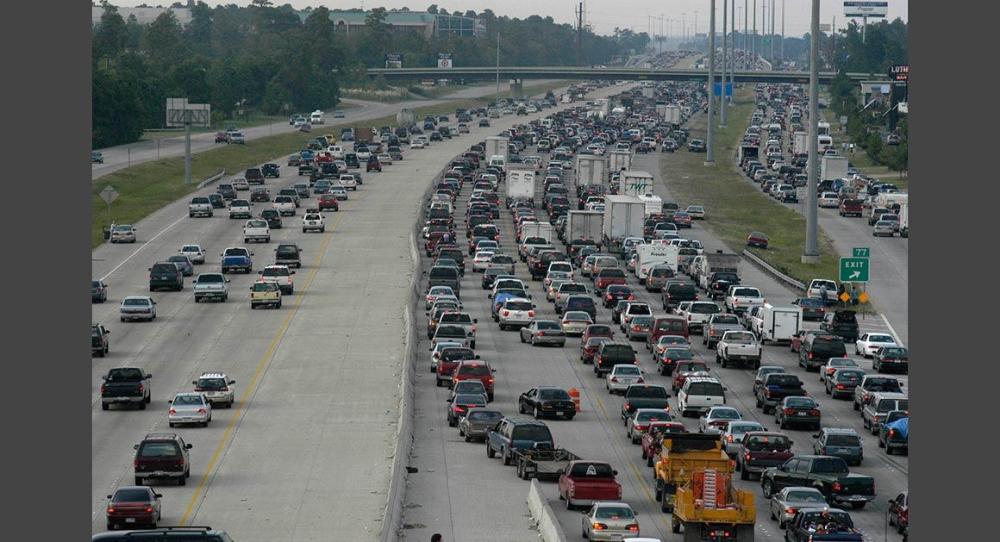This past weekend I celebrated my birthday. Like many do, I reflected on where I have come since the last year, and that made me take pause. I live in Houston, so this time last year, like the rest of the city, we were bracing for yet another tropical storm.
In this case, that tropical storm turned into Hurricane Harvey.
What most people forget about Harvey is that it didn’t hit Houston directly. That fate was for Corpus Christi and the surrounding areas. What we got was the steady churning of a cyclone that was large enough to still be over the ocean while it rained like I had never seen it before. Although I could talk about the rain, and the flooding, and the watching neighbors kayaking down the street for days, what I found most surprising as an anthropologist is what happened afterward.
Less than a week later, there was Irma, threatening Florida in much the same way that Harvey did Texas. I sat at home, in my flooded neighborhood (because where was I going to go anyway), and watched Floridians fleeing from their homes and desperately trying to find shelter. Like Texans, Floridians are used to living in an area of the country where hurricane season lasts half the year. So this heightened response was no doubt related to what they just saw from my own city.
video of my neighborhood after the rain stopped
This images were a reminder of what I researched 12 years prior. I was just graduating from undergrad when Hurricane Katrina hit. Although Katrina hit New Orleans, you could feel the effects in Houston, as many people came and eventually stayed here due to the damage the storm left behind. In this case, it was the failing levees that flooded much of the city, even though that had their share of torrential rains. But, the effect of watching one city flood so spectacularly made for a dire situation Hurricane Rita showed up a couple weeks later.
This time, it was Texas Gulf Coast that was being asked to evacuate, and no doubt that watching New Orleans flood the way it had, contributed to a 100 mile traffic jam of 2.5 million people.

photo credit: https://www.politico.com
I was in that traffic jam. It took me and my family 12 hours to go a distance that normally would take 20 mins. We eventually gave up on evacuation, and went home to hunker down as best we could. In that case, we were lucky enough to miss a direct hit, but the story remains the same.
Watching one US city flood sent people into panic mode. In the midst of the chaos and tragedy that befalls these cataclysmic events, one aspect that we overlook is how people tell stories about what happened, and how that effects the immediate and long term outcomes.
During my graduate years, I participated in a project, Surviving Katrina and Rita in Houston, where we interviewed people about their experiences with the storm. Surprisingly, many expressed minimal knowledge about the facts related to the coming hurricane. It was as if these kinds of events were so common, that the details didn’t stay fresh enough to share. As a result, there was a lot of misinformation about what to expect, and that amounted to many people remaining in New Orleans, even when they had the means to leave.
I believe that the same can be said of Harvey. I was reluctant to cancel my birthday party last year, and waited til the last minute only because several people had expressed concern that we might “float away”. Even though we live in an information age, there is still a colloquial nature to local events that often doesn’t make it past external filters. The people who need it most, still aren’t getting the information they need in order to act.
All this begs the question, what are we going to do to combat this? Climate change is making environmental storms and disasters more prevalent and more deadly. This year, Hawaii experienced the flooding from a hurricane. Hawaii.
We count the costs of damage, and can quantify the lives lost due to disasters, but we don’t yet have a good rubric for understanding the impact on those affected. In light of our changing world, I think that we anthropologists will need to emerge from the shadows of research and start serving that need on the front lines. There are those who already do the work of gathering stories, info and data to better understand how humans are processing such life altering events. But it seems that we need more and louder voices.
video of trash from cleanup waiting for pickup a month after Harvey
Here in Houston, there is still recovery going on. As with events like these, the class lines that may be caked over become exposed, and you can easily see that those that were struggling before are doing so even more now. Recovery can be a long and uneven battle. In this post, I didn’t even mention Puerto Rico, which deserves a spotlight all it’s own.
It has been a year, and there are still people that I know that haven’t moved back home. There are still restaurants closed, and there are still people searching for work after losing their jobs after Harvey. We should seek to capture these stories, and better understand what happened, and what is still happening to these people. If for no other reason than that the next major storm is right around the corner.
Featured Header credit: https://365thingsinhouston.com/